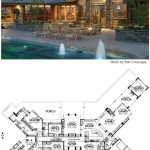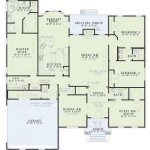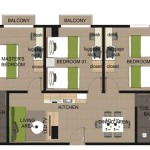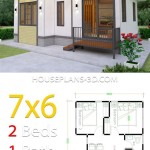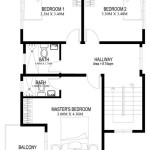3D Rendering of House Plans: A Comprehensive Guide
3D rendering has revolutionized the architectural industry, empowering architects, designers, and homeowners to visualize and explore their building plans in a realistic and interactive way. By creating three-dimensional models that accurately represent the proposed structure, 3D rendering helps eliminate potential construction issues, enhances communication between stakeholders, and allows for more informed decision-making.
Importance of 3D Rendering for House Plans
3D rendering offers numerous advantages for house plans. It enables:
- Virtual walkthroughs: Experience the home as if you were physically walking through it, gaining a clear sense of space, layout, and flow.
- Accurate visualization: Visualize the proposed house in high-quality detail, including materials, textures, and lighting effects.
- Clash detection: Identify potential construction conflicts and resolve them early on, saving time and resources during construction. li>Improved communication: Share realistic 3D models with contractors, clients, and stakeholders, fostering better understanding and reducing misinterpretations.
Steps Involved in 3D Rendering of House Plans
The process of 3D rendering involves several key steps:
1. Modeling
The first step is to create a 3D model of the house using specialized software. This model should accurately represent the building's geometry, dimensions, and architectural details.
2. Texturing
Textures add realism to the model by applying materials and surface finishes. Architects can choose from a wide range of textures to recreate the look and feel of various building materials, such as brick, wood, and metal.
3. Lighting
Lighting plays a crucial role in creating realistic renderings. By simulating natural or artificial light sources, architects can enhance the visual appeal of the model and highlight important design elements.
4. Rendering
The actual rendering process involves generating high-quality images or animations from the 3D model. It can take several hours to days depending on the complexity of the scene.
5. Post-Processing
Once the rendering is complete, post-processing techniques can be applied to enhance the image quality, adjust colors, and add additional effects, such as shadows and reflections.
Different Rendering Techniques
There are various rendering techniques available, each with its own strengths and weaknesses:
Real-Time Rendering
Provides interactive visualization, allowing architects to explore the model in real time and make adjustments on the fly.
Path Tracing
Produces highly realistic images by simulating the way light interacts with objects in the scene, resulting in accurate shadows, reflections, and global illumination.
Ray Tracing
Similar to path tracing but with faster rendering times, creating photorealistic images with less noise and artifacts.
Choosing a 3D Rendering Software
Several reputable 3D rendering software options are available, including:
SketchUp
A user-friendly software ideal for beginner architects and designers.
3ds Max
An industry-standard software offering advanced features and plugins for complex architectural visualizations.
Revit
An integrated software that combines 3D modeling, rendering, and documentation capabilities.
Conclusion
3D rendering has become an essential tool for architects and homeowners alike, providing a powerful means to visualize and refine house plans. By adopting 3D rendering techniques, architects can create realistic representations of their designs, leading to better decision-making, reduced construction issues, and enhanced communication throughout the building process.

A Step By Guide To Creating 3d Floor Plans

How Do You Make A 3d Floor Plan

3d Floor Plans North Port Florida

How To Design Visualize And Build Your Dream Home With 3d Renderings

Rendering In Interior Design The Ultimate Guide Applet3d

How Do You Make A 3d Floor Plan

Everything You Need To Know About 3d Floor Plans

Beginner S Guide On Floor Plan Creation Mapsystems

2024 Cost Of Renderings Guide

Diffe Types Of Building Plans The Constructor
Related Posts


